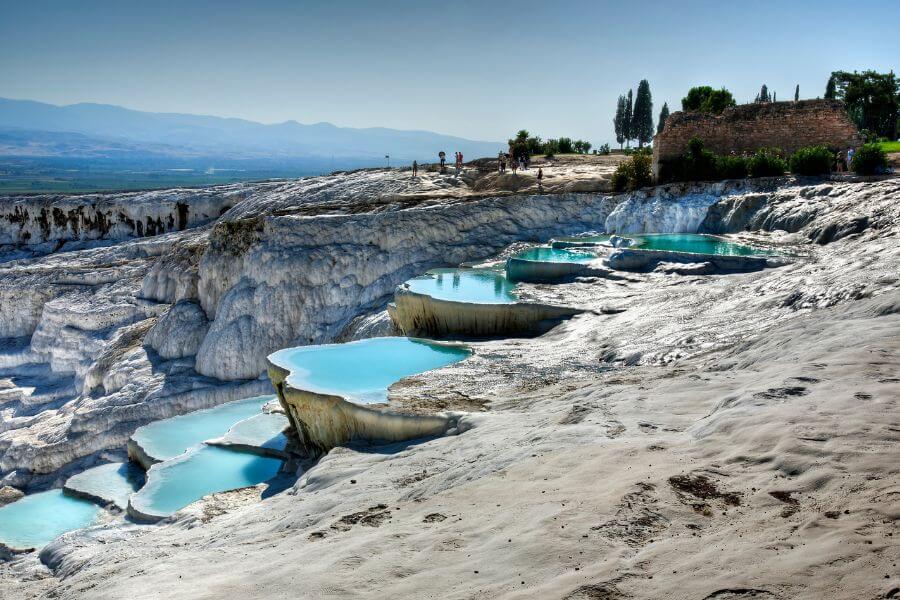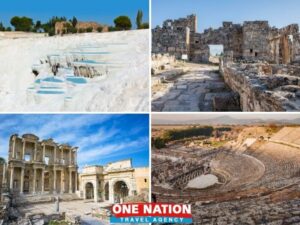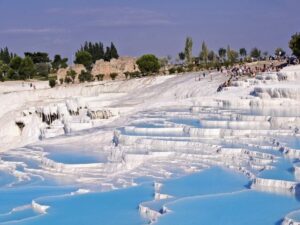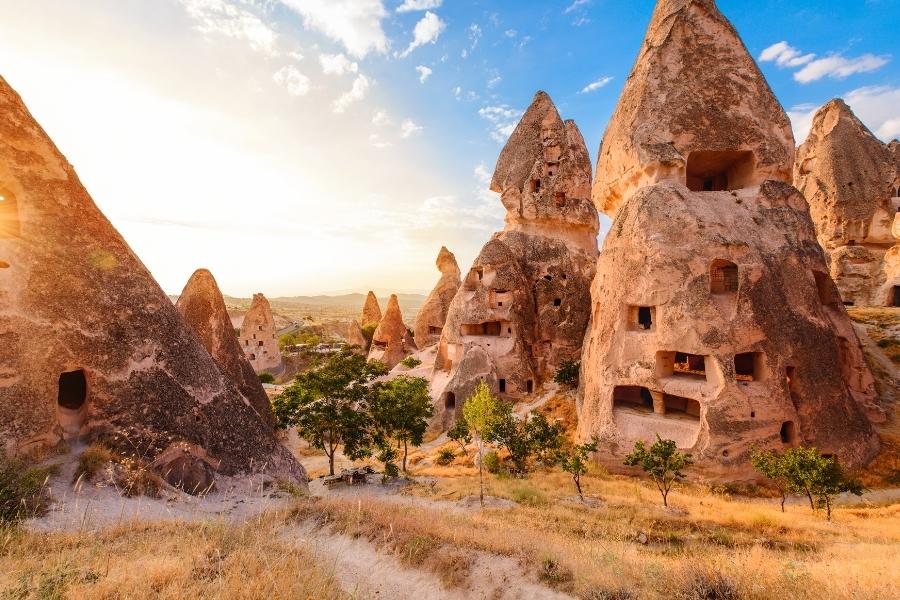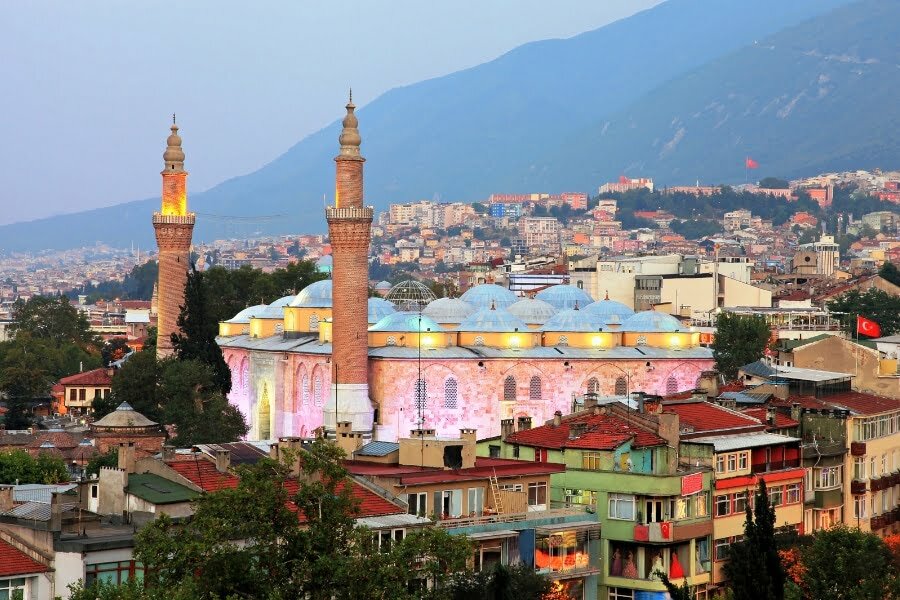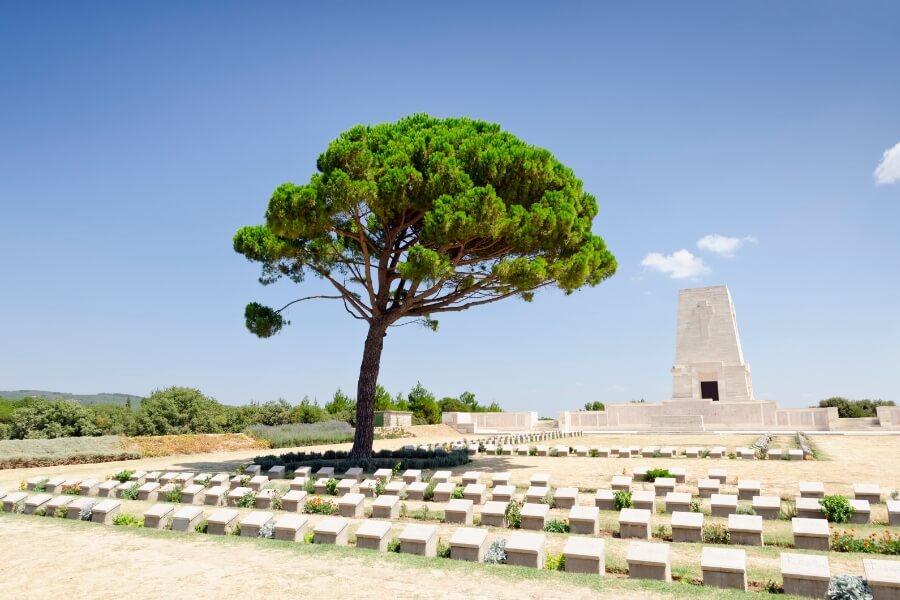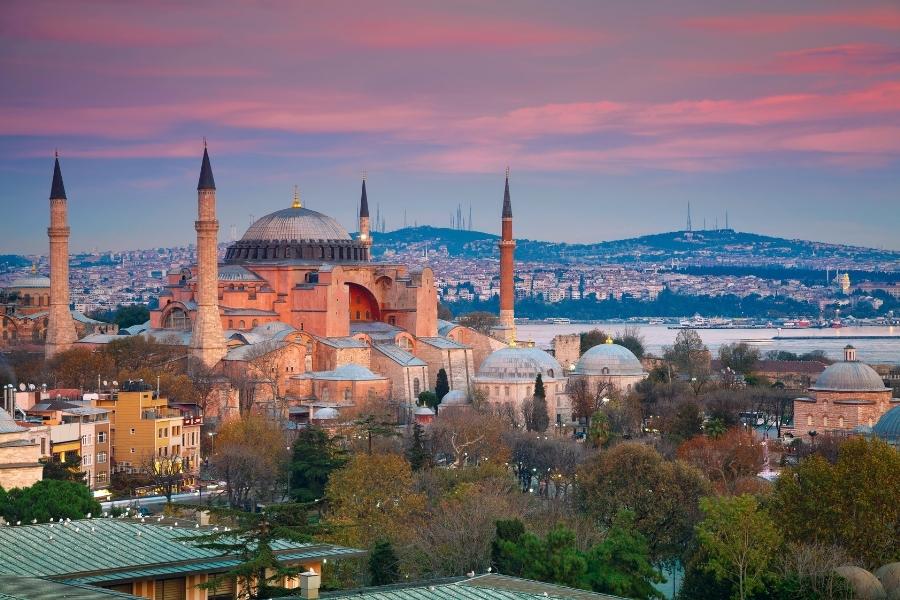From Cappadocia to Pamukkale: A Breathtaking Journey
Navigating the Magic: From Fairy Chimneys to Cotton Castles
Turkey is a mosaic of history, culture, and breathtaking natural beauty, with a journey from Cappadocia to Pamukkale highlighting this diversity. Moving from the ethereal fairy chimneys of Cappadocia to the pristine white terraces of Pamukkale is not just a transition between landscapes but a voyage through history and natural wonders. Here’s your comprehensive guide to make this scenic journey unforgettable, including the top experiences in Pamukkale.
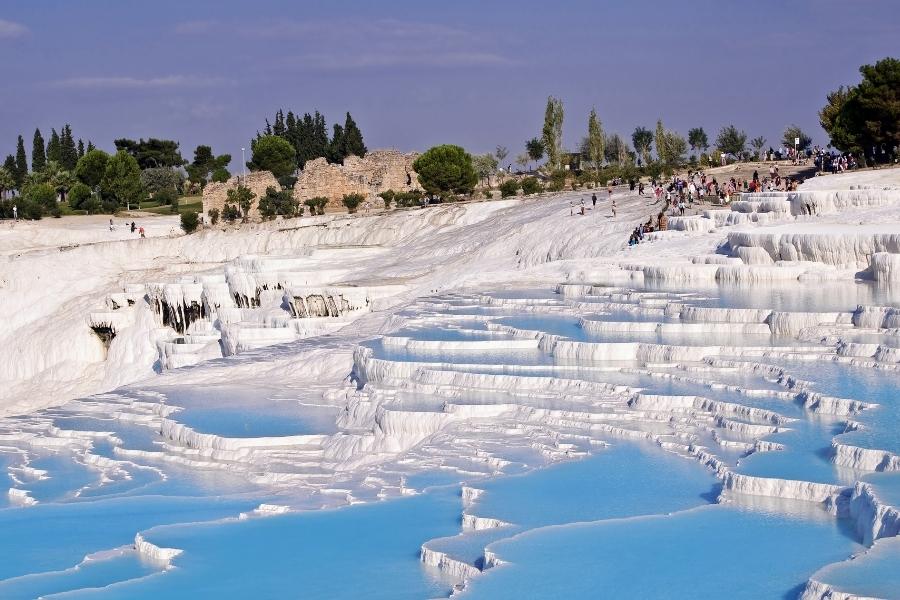
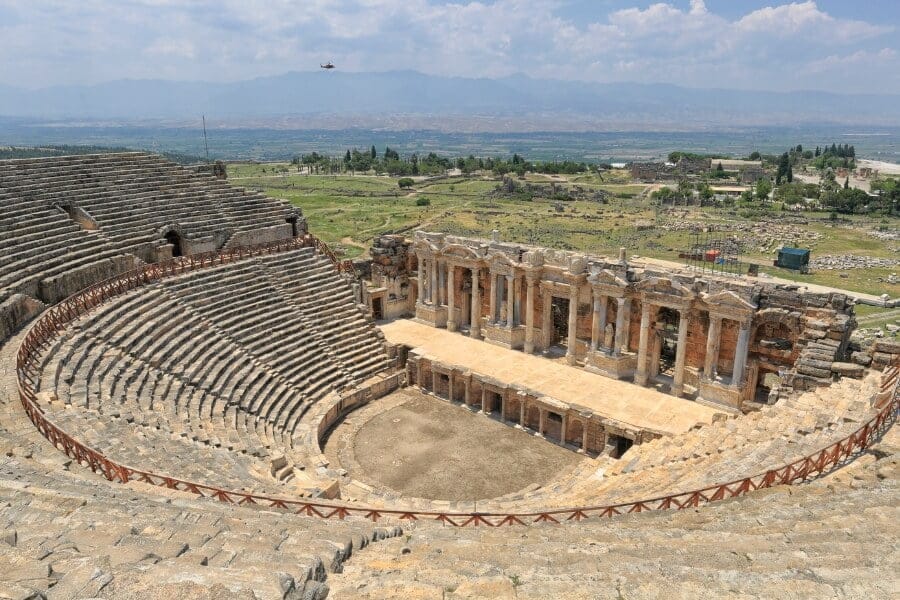
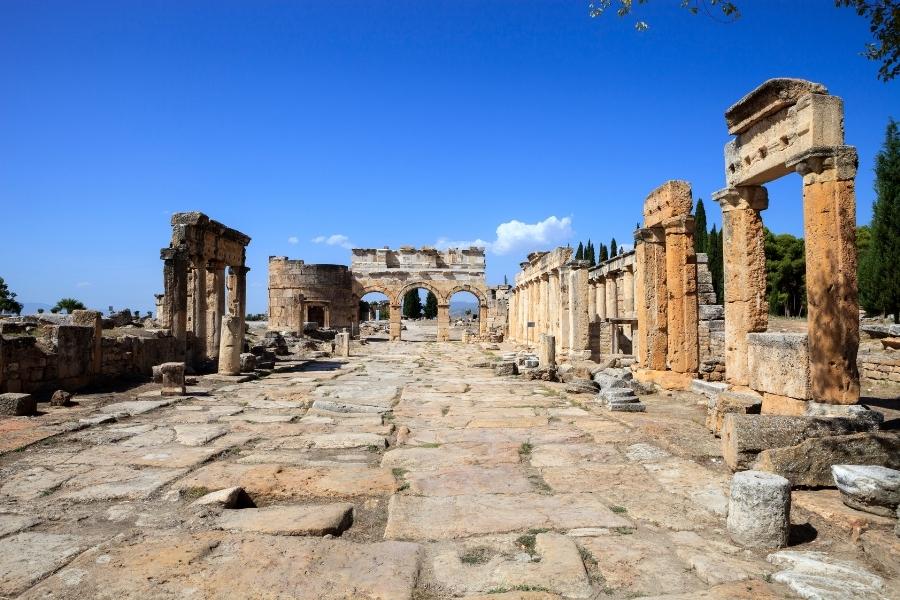
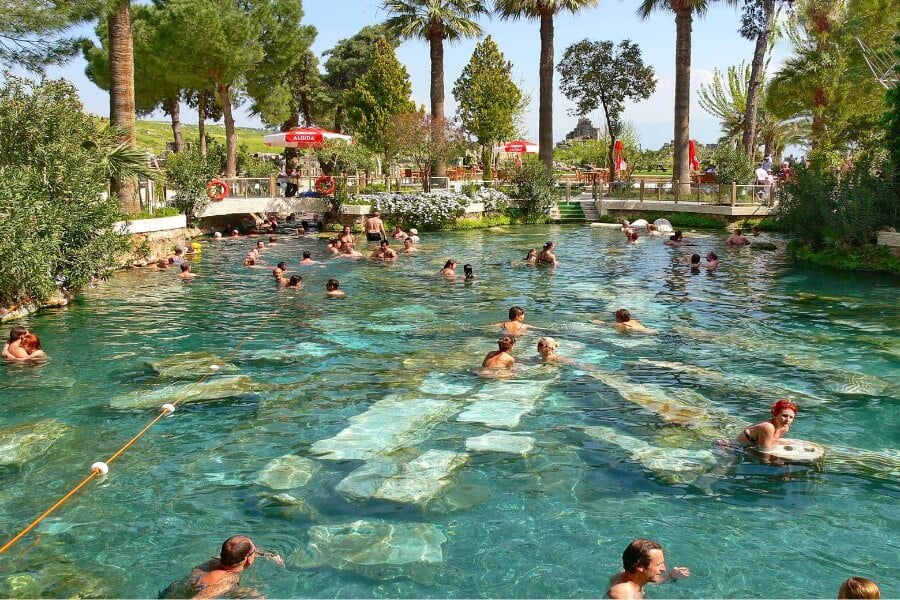
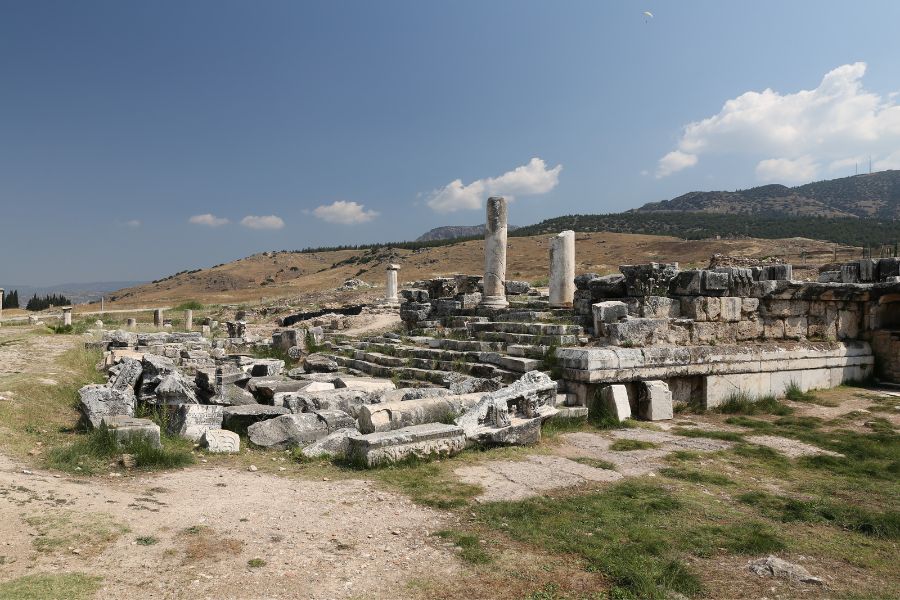
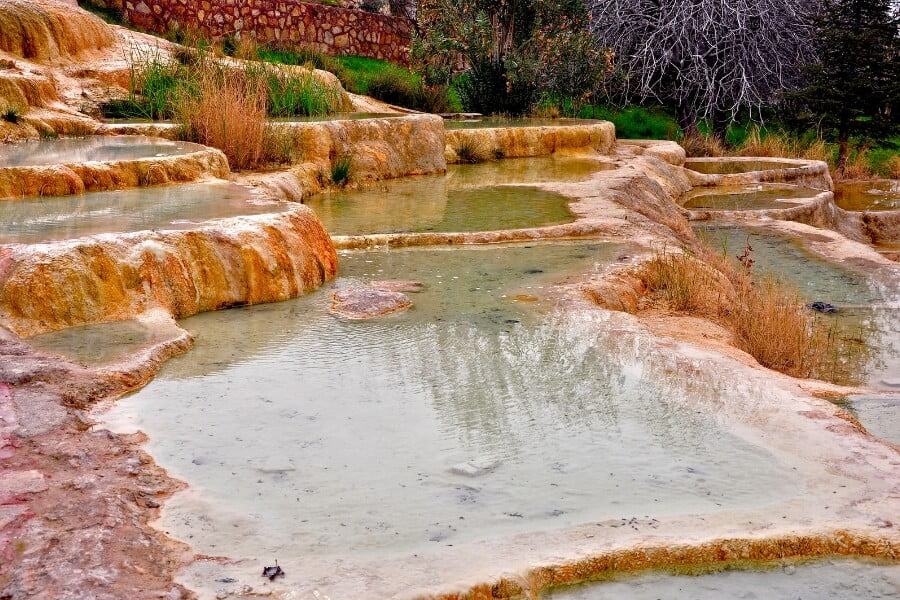
Starting in Cappadocia
Cappadocia sets the stage with its surreal rock formations and skies adorned with colorful hot air balloons. Take time to explore the open-air museums, delve into underground cities, and wander through the beautiful valleys that make Cappadocia a place of wonder.
Journeying to Pamukkale
The trip from Cappadocia to Pamukkale is an adventure in itself. Whether you’re driving, taking a bus, or flying, each mode of transport offers unique experiences and scenic vistas.
By Road
A road trip offers the freedom to explore off-the-beaten-path attractions. Covering around 620 kilometers, the drive showcases the diverse landscapes of Turkey.
By Bus
Opt for a bus ride for a stress-free journey, enjoying the comfort of modern coaches while taking in views of the Turkish countryside.
By Air
Flying from Kayseri or Nevşehir to Denizli Çardak Airport is the fastest option, ideal for those eager to maximize their time exploring Pamukkale’s wonders.
Discovering Pamukkale
Upon arrival, Pamukkale’s otherworldly beauty awaits. Famous for its mineral-rich thermal waters creating cascading white terraces, Pamukkale offers a visual spectacle like no other. The ancient city of Hierapolis, sitting atop this natural wonder, adds historical depth to your exploration.
Experiencing Pamukkale
For a comprehensive visit, consider participating in a guided experience. These tours delve into the area’s geological and historical significance, providing access to hidden spots and offering insights into the ancient ruins and thermal pools that make Pamukkale a UNESCO World Heritage site.
Frequently Asked Questions (FAQs)
Q: When is the ideal time to visit Pamukkale?
A: The best times are spring (April to June) and autumn (September to November), offering mild weather and thinner crowds.
Q: What are the accommodation options near Pamukkale?
A: Denizli, the nearest town, has a range of hotels and guesthouses suited for various preferences and budgets.
Q: Is swimming permitted in the Pamukkale thermal pools?
A: Yes, swimming is allowed in designated pools. The Antique Pool, with its Roman ruins, is particularly popular for a unique dip.
Q: How long should I spend in Pamukkale?
A: Dedicate at least half a day to fully enjoy the sights of Pamukkale and Hierapolis, though a full day allows for a more relaxed exploration.
Parting Words
As we conclude our journey from the mystical landscapes of Cappadocia to the ethereal terraces of Pamukkale, we’re reminded of Turkey’s enduring charm. Each leg of the journey unveils the country’s rich tapestry of natural and cultural heritage, leaving us with memories that resonate long after the trip.

